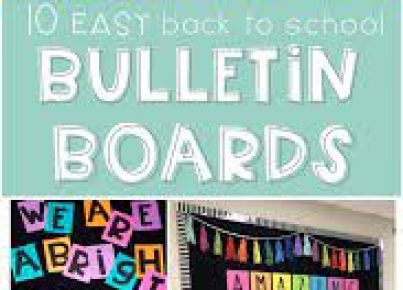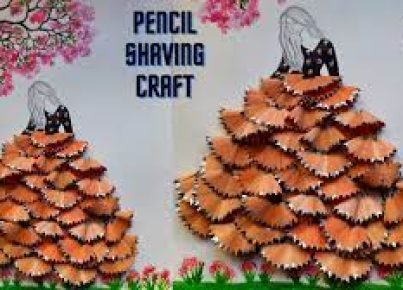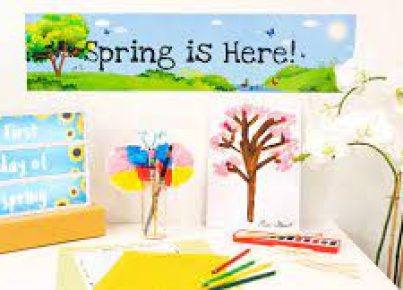Playdough is not just a fun and colorful toy for young children—it’s also a versatile tool that can enhance learning in the classroom. With its moldable properties and sensory appeal, it can be incorporated into various educational activities. Here are ten creative ways to use playdough in the classroom:
1. Enhance Fine Motor Skills: Have students practice rolling, squishing, and sculpting playdough to develop their hand muscles and coordination.
2. Practice Letter and Number Formation: Students can form letters and numbers with playdough, making it an interactive way to learn the alphabet and number shapes.
3. Scientific Experiments: Create models of different landforms or cell structures in science class, enabling students to have a 3D representation of what they’re learning about.
4. Math Manipulatives: Use playdough as counters or to visually demonstrate mathematical concepts like fractions, geometric shapes, or algebraic equations.
5. Storytelling Props: Allow students to create characters and settings out of playdough for storytelling sessions, fostering creativity and narrative skills.
6. Patterning and Sequencing: Have children make patterns with colored playdough balls or shapes to teach sequences, patterns, and categorization.
7. Thematic Units: Whether you’re studying the ocean or outer space, use playdough for creating thematic models that engage students in topical units.
8. Art Therapy Sessions: Playdough can be used as a calming activity that allows students to express their emotions through sculpture.
9. World Cultures & Geography: Have students construct famous landmarks or geographical features from different countries with playdough during social studies lessons.
10. Learning Through Play: Encourage free play with playdough as a reward or during indoor recess; it stimulates creativity and social interaction among peers.
Incorporating playdough into classroom activities not only brings an element of excitement but can also make abstract concepts more tangible for young learners. These ideas can help you get started on integrating this versatile material into your teaching strategy.





